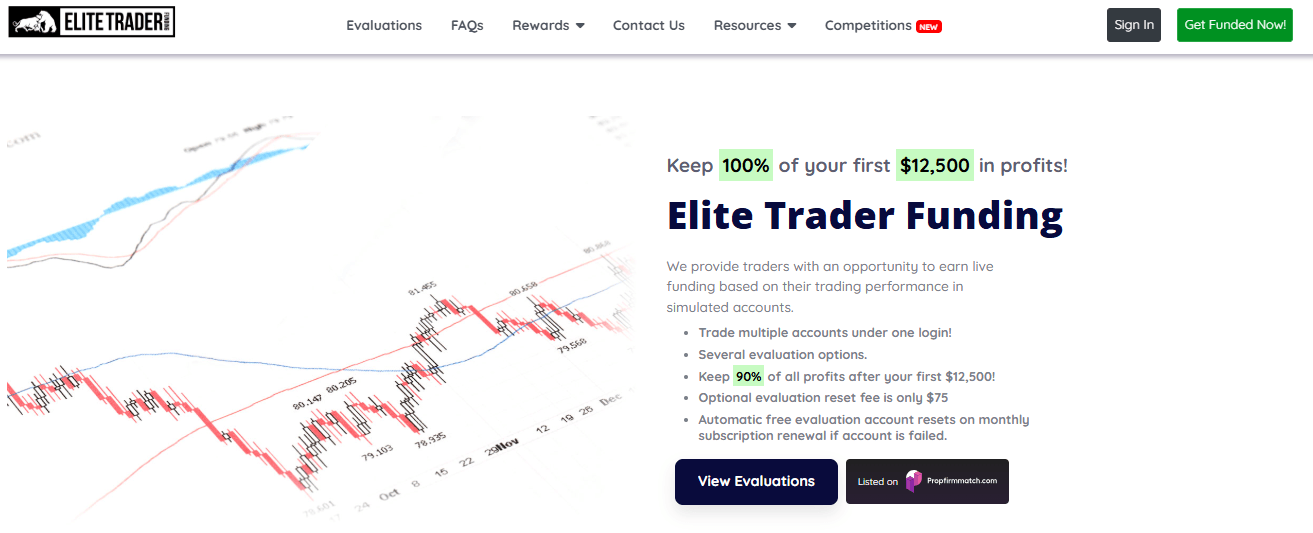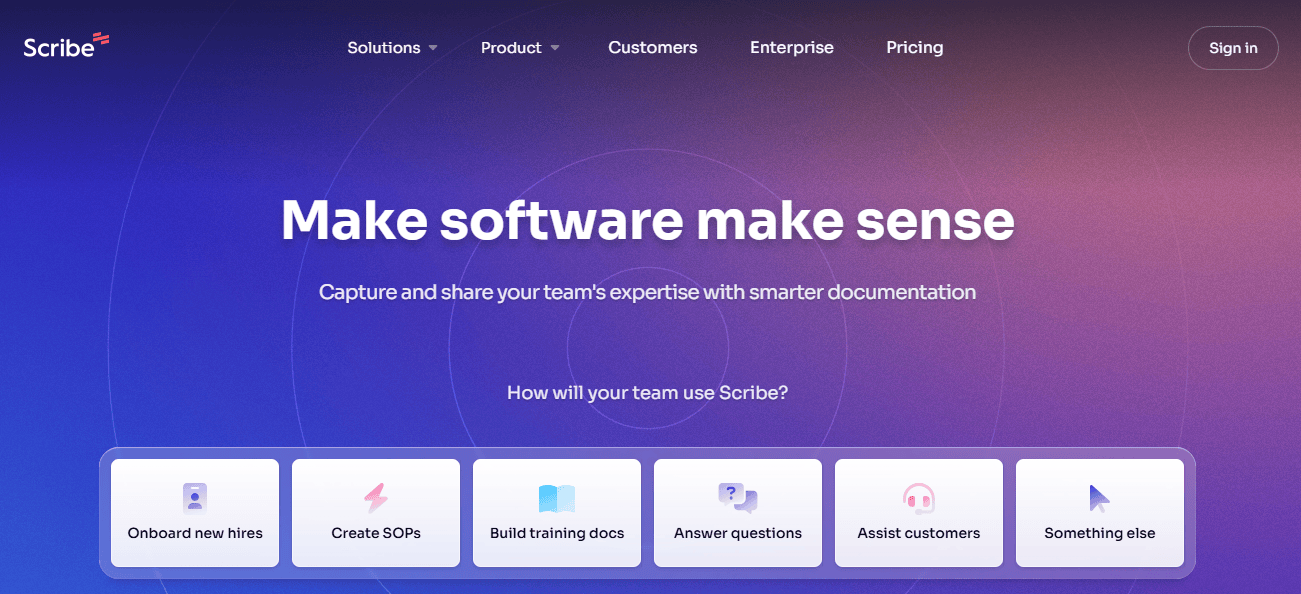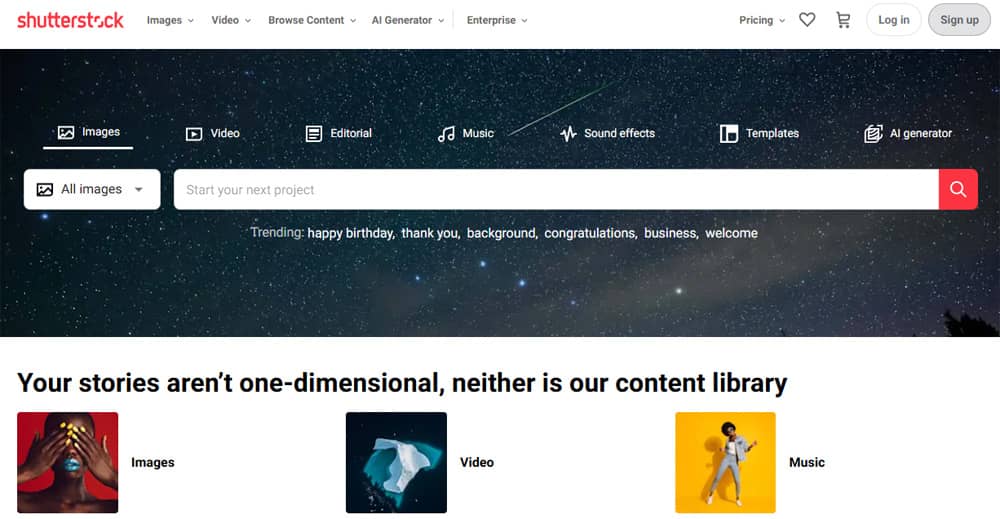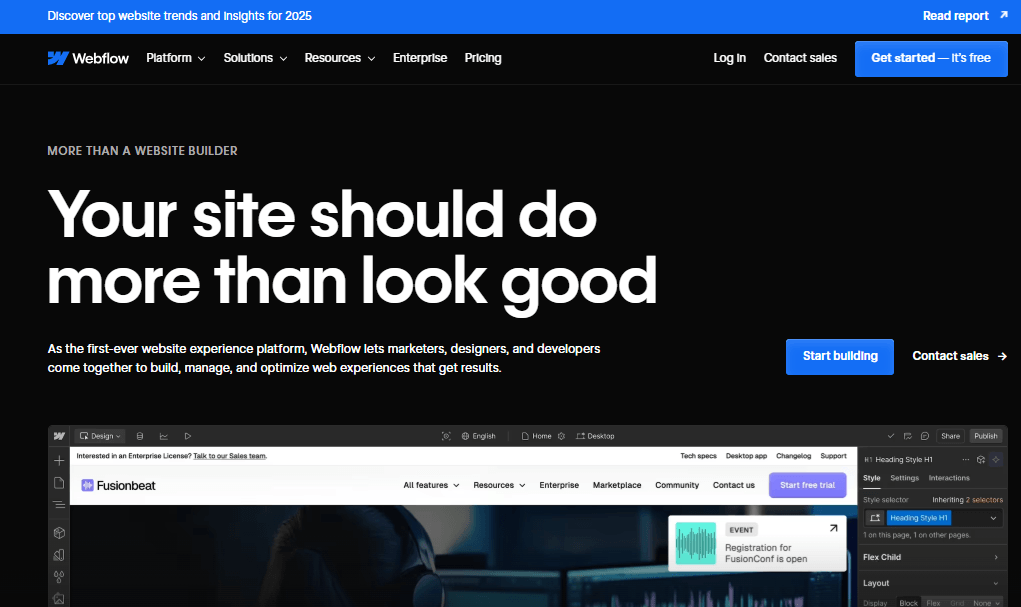Post Affiliate Pro is now offering an exclusive coupon code with which you can save 50% off the price of your subscription for the first…
Riverside FM 71% Off Promo Code
Currently, Riverside FM is offering an exclusive discount that will allow you to save a significant amount on your subscription. Depending on the plan you choose,…
TubeBuddy 30% Off Coupon Code
Now, with TubeBuddy you have the opportunity to access a 30% discount on monthly plans using the following coupon code and get access to this…
Elite Trader Funding Up to 40% Promo Code
Currently, Elite Trader Funding is offering a 40% off promo code on one of their most popular evaluations or a 10% discount on other options….
Pipiads 50% Off Coupon Code
If you’re looking for an effective way to improve your advertising campaigns, Pipiads is the perfect tool. It allows you to spy on and analyze competitor ads…
Funded Trading Plus 10% Off Discount Code
Funded Trading Plus is now offering a 10% discount by using a special coupon code—which we’ll provide at no cost. All new users who purchase…
Scribe 45% Off Promo Code
If you need to document processes, create step-by-step tutorials, or simplify team training, Scribe AI is the perfect tool to do it quickly and automatically. And…
Token Metrics 26% Off Coupon Code
Token Metrics is an online tool designed to help cryptocurrency investors and enthusiasts make informed decisions using artificial intelligence and data analysis. For your convenience,…
Benzinga Pro Up to 41% Off Promo Code
Benzinga Pro offers a promo code that allows you to save up to 41% on the price of your Essential plan. With this discount coupon,…
Take Profit Trader 50% Off Promo Code
Take Profit Trader is a proprietary trading firm that allows you to trade futures without risking your capital. Currently, Take Profit Trader offers a promo…
Shutterstock Up to 65% Off Coupon Code
Shutterstock, one of the most recognized platforms for obtaining images, videos, music, and other creative resources, offers a special discount code you won’t want to…
AutoDS 30% Off Coupon Code on Monthly Plans
AutoDS, one of the most comprehensive tools for managing dropshipping businesses, offers an exclusive coupon code on its services. This is your chance to optimize…
3 Ways to Build a Connection with Customers and Project Retail Charm
We live in a hyper-connected world with consumers becoming more discerning than ever. They yearn for authenticity and a genuine relationship with brands that reflect…
Webflow Up to 72% Off Promo Code
Webflow, one of the leading platforms in web design and development, offers exclusive discounts you can’t miss. If you’re looking to create a professional website…
Pictory 54% Off Coupon Code
Pictory AI is a tool that transforms how visual content is created. Currently, Pictory is offering a special promotion and a discount that allow you…













